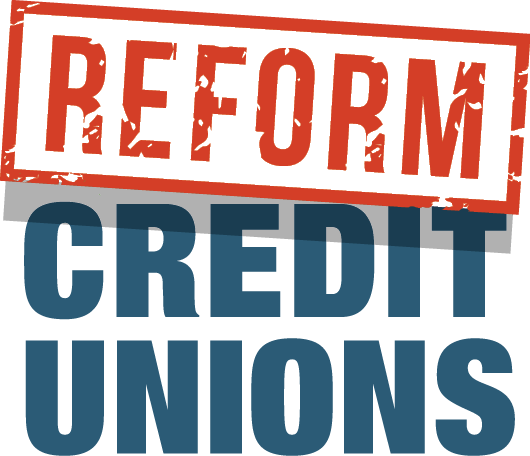Pentagon Federal Credit Union’s staggering size – $37 billion in assets and 2.8 million members– is a product of its nationwide open charter, enabling it to sign-up virtually anyone as a “member” despite its original 1935 charter limiting membership to those serving or having served in the military. PenFed has wasted no time in aggressive use of this prized open charter — a giant loophole hiding in plain sight —and has eclipsed the credit union industry’s overall growth rate in the first half of 2022 by a whopping seven percent. We’re here to ask – why haven’t policymakers taken action to crack down on this brazen misuse of credit union advantages?
In 2019, PenFed – a prolific purchaser of fellow credit unions – bought Progressive Credit Union, a relatively small institution with assets of $383 million. The key to that transaction was not Progressive’s assets, however. Rather, it was its prized open charter, which essentially gave PenFed carte blanche to boost its membership rolls, regardless of members’ military service or veteran status. Again, PenFed is not even trying to pretend to serve just military families: buses touting PenFed’s “great rates for EVERYONE” ply DC streets, and their ubiquitous television ad jingles appear during high-priced venues like the Super Bowl.
Needless to say, PenFed’s aggressive acquisition strategy together with its open charter has fueled its expansion throughout the United States.
The other ingredient to its success? An aggressive marketing campaign. PenFed spent $65 million on marketing in 2021, approximately double the rate of its peers. According to American Banker, PenFed’s ad spend has yielded nearly 300,000 members in the first half of 2022 alone. The really impressive trick, however, is that PenFed has managed to fuel this explosive growth on the backs of taxpayers. In 2018, PenFed bought an advertising firm that it uses to market itself to potential members, meaning it took a for-profit advertising firm off the federal government’s tax rolls and leveraged it to expand its tax-subsidized business.

Unsurprisingly, executive compensation at credit unions is often tied to metrics around “membership” growth and loan originations. Given PenFed’s surge in membership thanks to acquisitions, its open charter, and an eye-popping marketing budget, its executives have likely been handsomely rewarded. But because PenFed is a federally chartered credit union and therefore not subject to the basic reporting requirements of other not-for-profits, its 2.8 million members will never know how much they pay their senior leadership. Credit unions like PenFed enjoy a federal tax exemption because they purportedly serve individuals of modest means. Concerningly, even ultra-large credit unions like PenFed are not required to demonstrate that they are fulfilling that mandate, and that their tax-subsidy is flowing through to the communities that need it most.
So, to be clear: ultra-large credit unions pay ZERO federal income taxes, buy non-banking entities like advertising firms and pay ZERO taxes on their income while spending millions through the same advertising firms to pad their membership numbers, and then compensate their executives based on that membership growth with ZERO disclosure of that information through Form 990s or otherwise. To top it all off, these large credit unions have ZERO Community Reinvestment Act requirements to demonstrate they are serving the needs of their self-proclaimed unrestricted membership.
Taxpayers, customers, and local communities are ill-served by the unfair advantages that ultra-large credit unions enjoy. Where are regulators and lawmakers on these inequities? As of now, it seems, absent.
